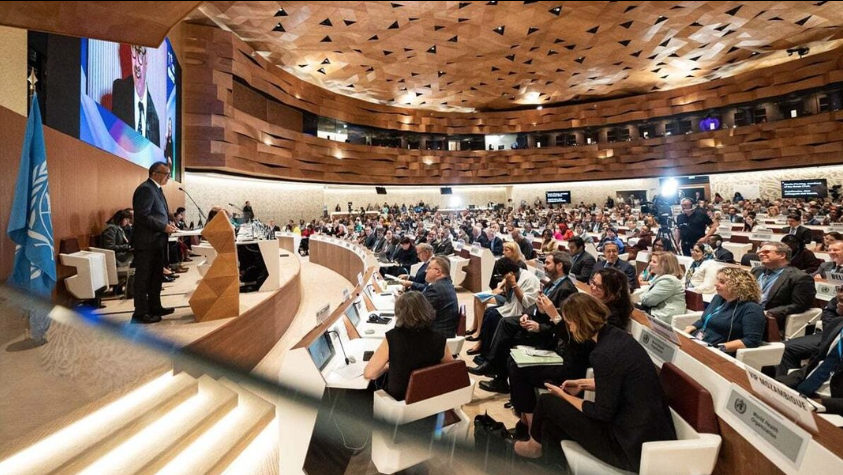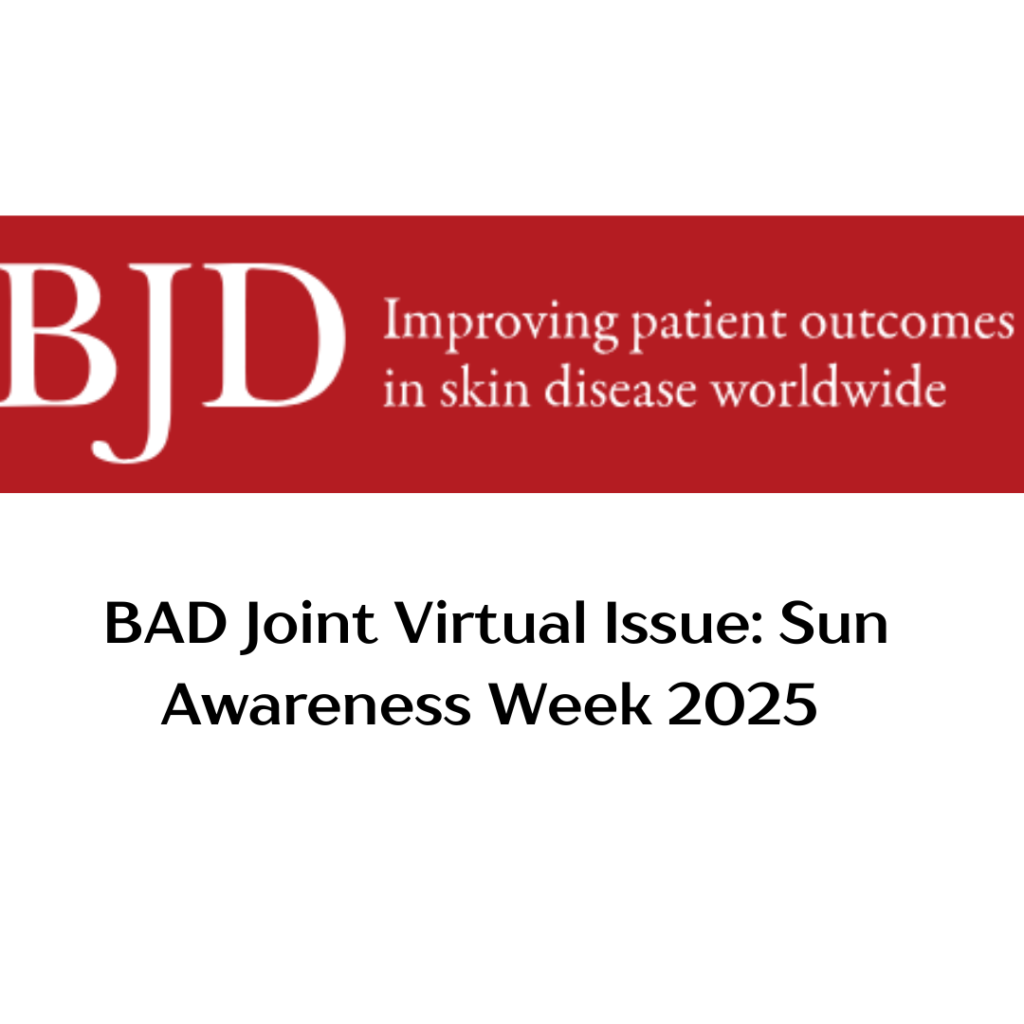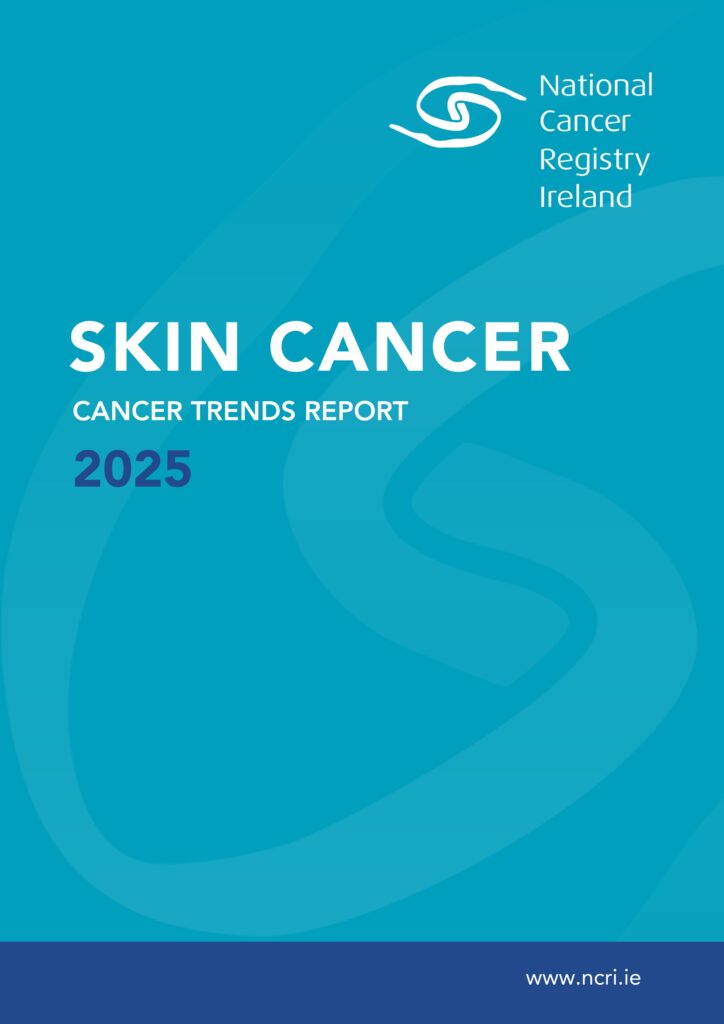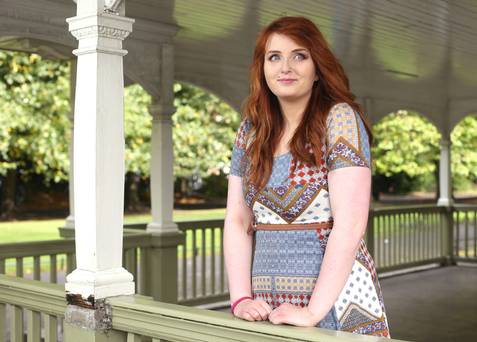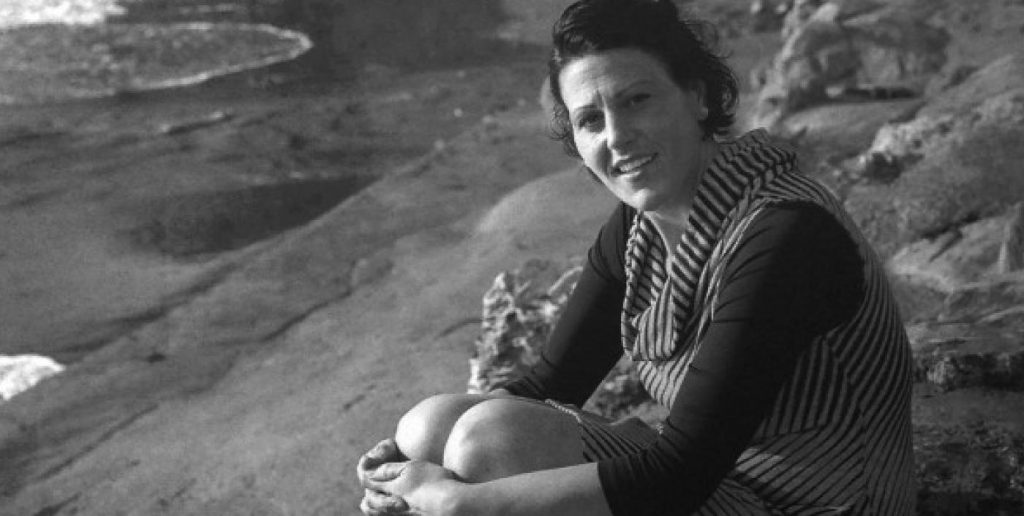Skin cancer is the most common type of cancer in Ireland and in fair/light skinned populations worldwide, for whom sunburn is a risk factor. The vast majority of these cancers are associated with overexposure to ultraviolet radiation (UV), mainly from sunlight. However, UV from artificial sources e.g. sunbeds, also cause skin cancer.
Yet, the good news is that most skin cancers can be prevented. Consequently, public health efforts, including Ireland’s first National Skin Cancer Prevention Plan 2019-2022, are directed towards increasing awareness and adoption of skin cancer prevention behaviours.
Skin cancers are generally divided into melanoma and non-melanoma skin cancers. A person’s risk is mainly influenced by exposure to UV, and skin pigmentation.
Skin pigmentation
Melanin is a pigment that gives skin, hair, and eyes their colour. It also provides some protection against skin damage from UV and is responsible for tanning. There are different types: dark skin contains more ‘eumelanin’, while lighter skin has more ‘pheomelanin’. Eumelanin provides a greater level of protection from UV.
Fitzpatrick’s skin type
A person’s natural skin colour influences their sensitivity to UV and skin cancer risk, and can be classified on a scale – the Fitzpatrick skin type classification scale, which ranges from 1 (high risk) to 6 (low risk). It considers skin colour (i.e. pale-white to black), and how the skin reacts to UV (most sensitive to least sensitive, i.e. whether it burns easily, or tans).
Most people living in Ireland have fair skin (i.e. skin type 1 or 2) which burns easily and tans poorly, so are particularly vulnerable to UV damage and skin cancer. A person’s skin type is genetically determined and does not change or vary, based on level of tanning.
Genetics research
Melanocortin-1-receptor gene (MC1R) is an important gene that regulates skin colour in humans. Research has indicated that inheriting certain variants of this gene, particularly those that give rise to red hair, pale skin and freckles, may double the risk for melanoma. Of the different types of skin cancer, melanoma is not the most common but raises the greatest concern as if not detected early, it can spread to other parts of the body, where it becomes difficult to treat and can be fatal.
These research findings are separate to the risks posed by exposure to UV from the sun or artificial sources. So while UV exposure is a significant contributor to melanoma risk (particularly a history of sunburn), there appear to be other processes related to ‘pheomelanin-related chemistry’ adding to this risk.
Consequences
These findings may have a particular relevance in an Irish context, given that the population is mostly skin type 1 or 2. Although this discovery presents no obvious preventative strategy, what is known, is that adoption of sun-safe measures significantly reduces the incidence of melanoma.
Know your skin type: Irish research – we think we’re darker than we really are!
Worryingly though, studies indicate that those with lighter skin types tend to judge themselves to be darker than they actually are! This is why it is so important to know your skin type, to get a better sense of the care you need to take in the sun.
Protect your skin: Know the UV Index
The UV index measures the UV level at the surface of the Earth, and gives an indication of the potential for skin damage. Overexposure to UV can cause sunburn, skin and eye damage (including cataracts) and skin cancer.
The UV index ranges from zero upwards – the higher the number the greater the risk. When the UV index is 3 (moderate) or above, protection is required.
UV levels are influenced by many factors, including: your location (latitude and altitude), time of day, time of year, cloud cover and reflection.
Watch the UV Index
In Ireland, make sun protection part of your daily routine particularly from April – September, when the UV index is usually 3 or above, even when it is cloudy. Stay safe by limiting time in the midday sun when UV is strongest, typically between the hours of 11.00am-3.00pm.
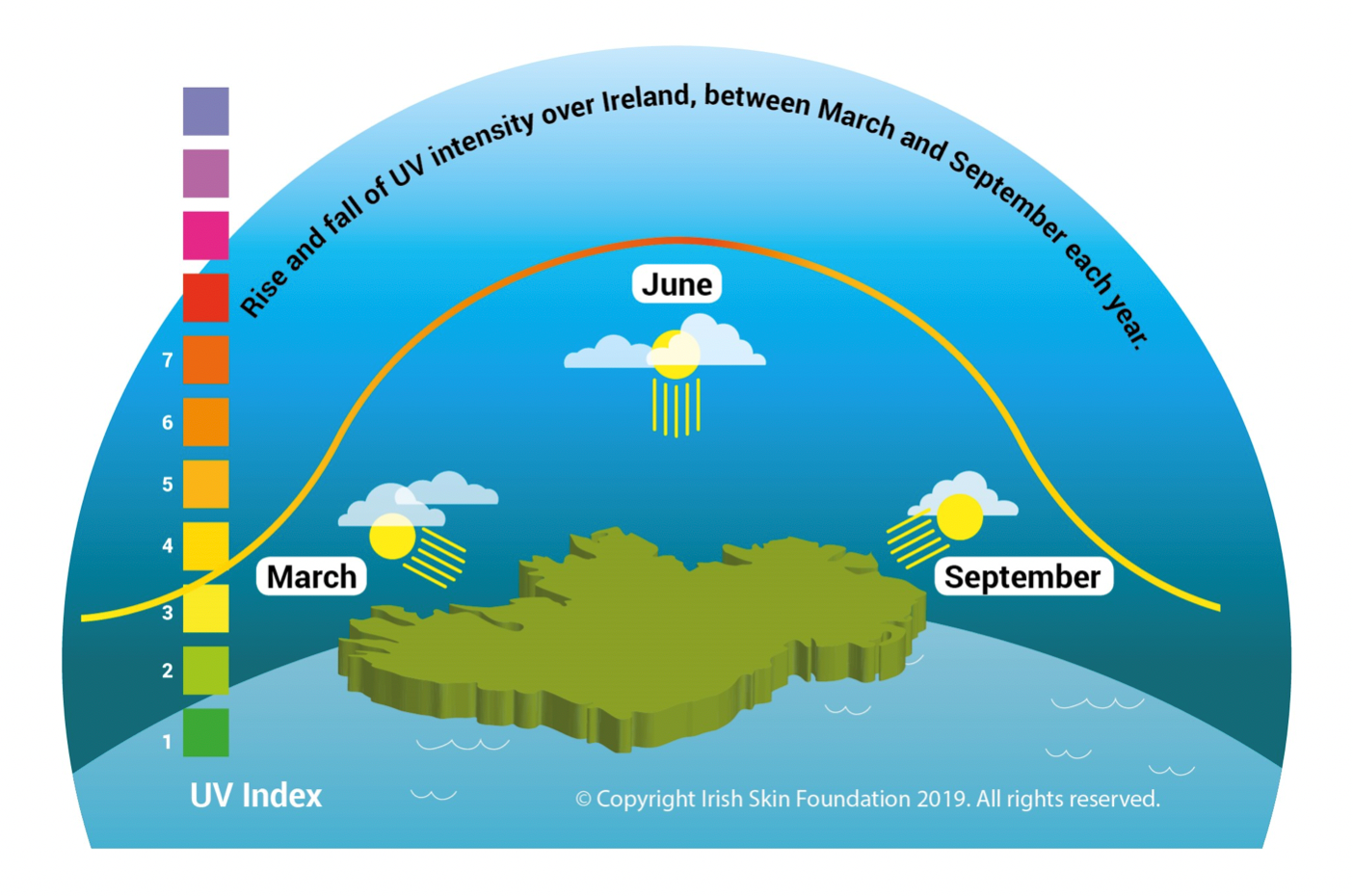
The UV index forecast for Ireland is included in Met Éireann’s regional weather forecasts from May to September but please be aware, that this can only be an average for any one day over the whole country. The clear/sunny sky peak UV index is reduced by cloud cover.
Reduce your risk: protect & Inspect
You can reduce your risk of skin cancer by avoiding overexposure to UV from sunlight or artificial sources (never ever use a sunbed). Remember the 5 ‘Ss’ of sun-safety — Slip, Slop, Slap, Seek, Slide.

If you are concerned about a change or growth on your skin, you should always see your doctor. Fortunately, melanoma and non-melanoma skin cancer can be completely cured if identified and removed early.
We want everyone in Ireland to learn to Protect & Inspect their skin! Read our short guide, written with hospital-based dermatologists, for protecting and checking your skin.
Click for more about Protect & Inspect!

